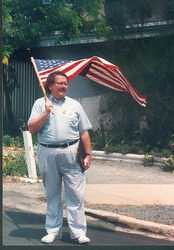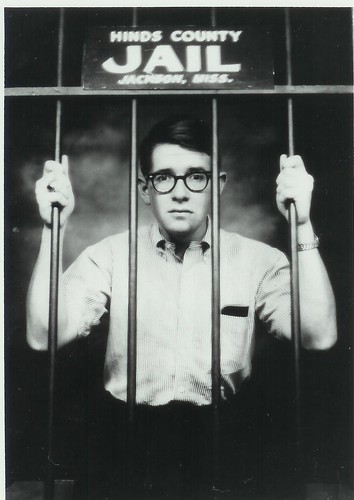Saturday, June 2, 2001
Important Home: Smith Level house should be preserved
Chapel Hill Herald, June 2, 2001 - Editorial
Though there's no formal application for development of the former Smith plantation property, it's not too soon to begin a movement to preserve the home, and Carrboro administrators should be commended for doing so.
The house, built in the 1840s, is a gem. The thought of that lower stretch of Smith Level Road without the house is distressing. Also laudable is the intention to hide whatever is built on the 105-acre parcel from the road.
But besides the visual appeal of the property, it has historical significance.
"It is one of the very few surviving plantation houses in the county," Chapel Hill resident Joe Herzenberg said. "It's really a magnificent house, and it's in relatively good condition."
Herzenberg is a fitting speaker on the house, being one of this year's winners of the Pauli Murray Human Relations awards, given out by the county. Murray's ties to the home are another aspect of its historical import.
Murray is renowned as a woman who fought against discrimination as a writer, lawyer, professor, college vice president and deputy attorney general for California. At age 62, she entered seminary and eventually performed her first Holy Eucharist in Chapel Hill at the Chapel of the Cross, the church where her grandmother, Cornelia, had been baptized.
Murray was the first black woman ordained in the Episcopal church.
The negative aspect of the plantation house is Cornelia's brutal link to the home.
Cornelia's mother was a slave named Harriet. Her father was Sidney Smith, brother of the woman the land was given to, Mary Ruffin Smith. Cornelia was born of Sidney Smith's rape of Harriet.
A plantation house might not be the greatest candidate for preservation because of its sinister past. But as Herzenberg points out, there are not many left, and we feel this physical link to the South's past should be preserved.
There's no benefit to ignoring the past. In fact, we should be reminded of the horrible things we have done. If the memory gives us pause and guides toward being kinder to the people around us, then it certainly should be kept. The Smith house serves as such a reminder.
And this history makes Murray's story that much more inspirational. Murray did great good in the world, even though she was the progeny of crime in an evil system. Let the preservation of the Smith house celebrate her life.
Though there's no formal application for development of the former Smith plantation property, it's not too soon to begin a movement to preserve the home, and Carrboro administrators should be commended for doing so.
The house, built in the 1840s, is a gem. The thought of that lower stretch of Smith Level Road without the house is distressing. Also laudable is the intention to hide whatever is built on the 105-acre parcel from the road.
But besides the visual appeal of the property, it has historical significance.
"It is one of the very few surviving plantation houses in the county," Chapel Hill resident Joe Herzenberg said. "It's really a magnificent house, and it's in relatively good condition."
Herzenberg is a fitting speaker on the house, being one of this year's winners of the Pauli Murray Human Relations awards, given out by the county. Murray's ties to the home are another aspect of its historical import.
Murray is renowned as a woman who fought against discrimination as a writer, lawyer, professor, college vice president and deputy attorney general for California. At age 62, she entered seminary and eventually performed her first Holy Eucharist in Chapel Hill at the Chapel of the Cross, the church where her grandmother, Cornelia, had been baptized.
Murray was the first black woman ordained in the Episcopal church.
The negative aspect of the plantation house is Cornelia's brutal link to the home.
Cornelia's mother was a slave named Harriet. Her father was Sidney Smith, brother of the woman the land was given to, Mary Ruffin Smith. Cornelia was born of Sidney Smith's rape of Harriet.
A plantation house might not be the greatest candidate for preservation because of its sinister past. But as Herzenberg points out, there are not many left, and we feel this physical link to the South's past should be preserved.
There's no benefit to ignoring the past. In fact, we should be reminded of the horrible things we have done. If the memory gives us pause and guides toward being kinder to the people around us, then it certainly should be kept. The Smith house serves as such a reminder.
And this history makes Murray's story that much more inspirational. Murray did great good in the world, even though she was the progeny of crime in an evil system. Let the preservation of the Smith house celebrate her life.
Subscribe to:
Post Comments (Atom)







No comments:
Post a Comment